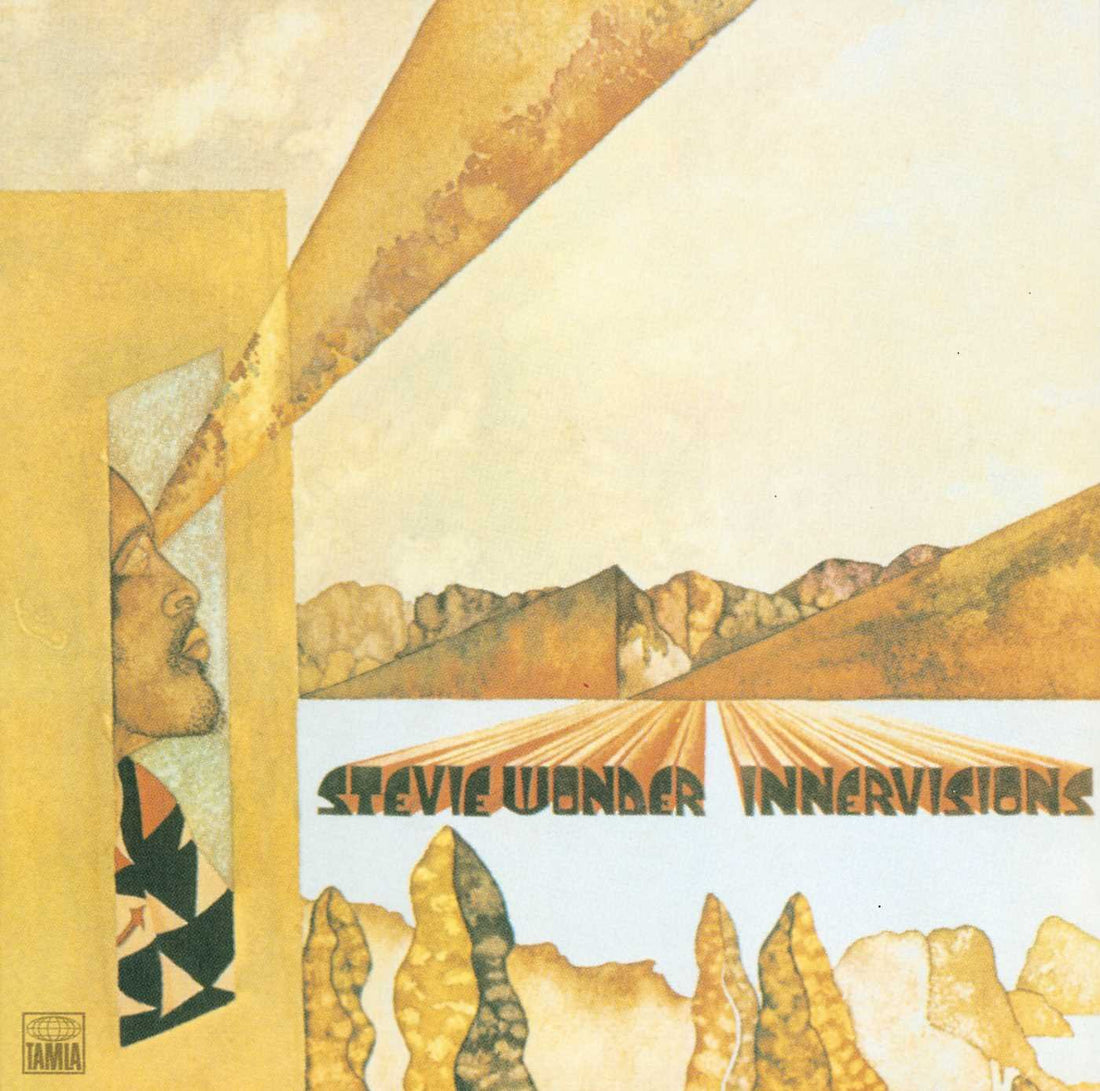Living for the city
by Paul McGowan
As long as we're getting nostalgic, I am remembering the first truly audiophile disc I became enamored with. Stevie Wonder's Living for the City from his album, Innervisions.
What a great piece of music. I remember cranking that tune up on our friend Norm Little's tri-amped Audio Research system and being just blown away at how it sounded.
The bass was magnificent as reproduced through a pair of Cerwin Vega 18" woofers.
It had never occurred to me how pumped up and inflated those woofers must have been.
The reason I mention that bass inflation was because today, that record (or CD) sounds anemic. On our finely tuned systems where we work hard at keeping everything flat, that track of Stevie Wonder's music is wimpy: clearly rolled off in the bottom end by some well meaning recording/mastering engineer.
Going back through my list of favorite music tracks from the 70s and 80s it's pretty clear none of them had any real deep bass (which makes sense because back then, it was assumed the best systems went down to maybe 40Hz and most rarely went below 60Hz). And since we always tuned the sub's output by ear to accommodate the music we listened to, we could get perfection in the lower end.
In later decades the recording industry began using full-range recording and reproduction equipment. By the late 1990s and early 2000s recordings began having full extension bottom end. We adjusted our systems accordingly.
The end result, of course, is that modern recordings sound correct and older recordings sound defficient.
As eras and technology change so too do our reproduction systems.
- Choosing a selection results in a full page refresh.
- Opens in a new window.








